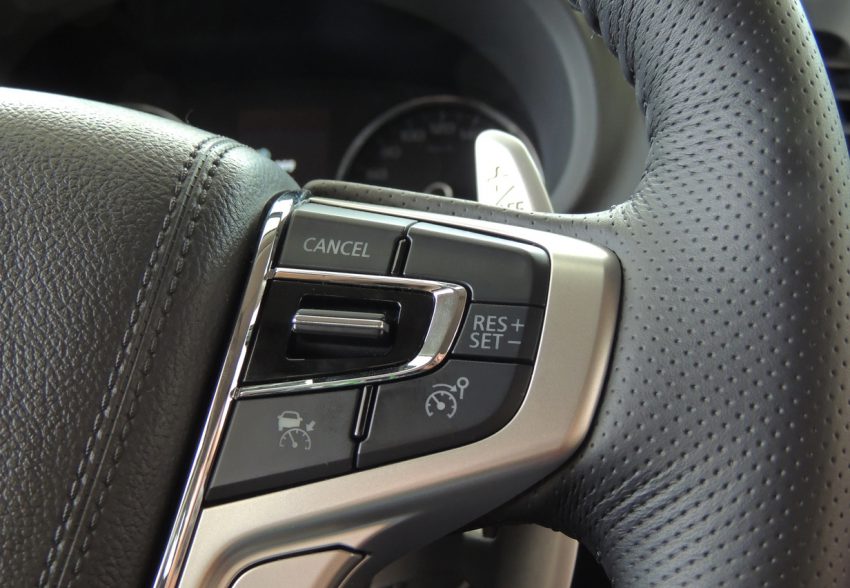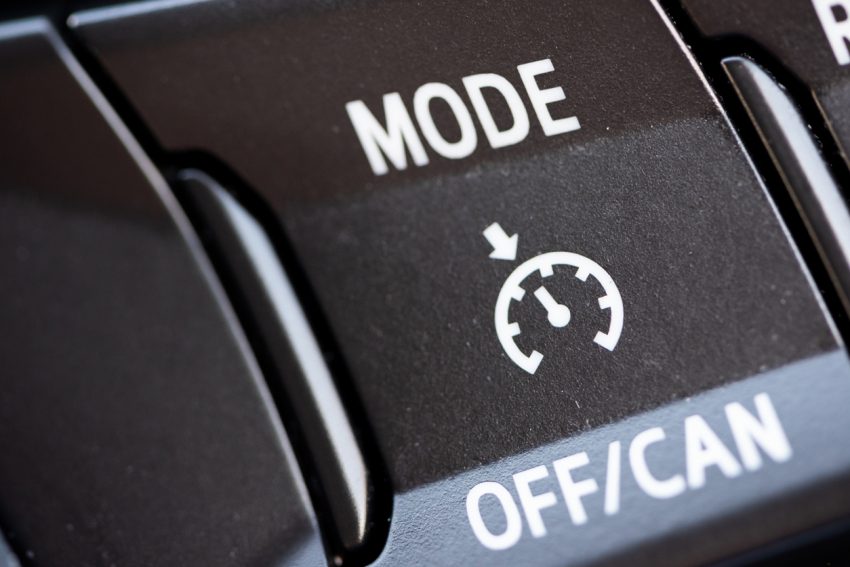
From the beginning of July 2022, all new cars sold in the UK will have to be fitted with a speed limiter. We investigate what this means for car owners and how it will change driving.
What is a speed limiter?
This is a part of the car’s electronic driver aid system. It operates alongside the cruise control and when the car reaches the speed limit, the system stops it accelerating. If you’re doing 50mph in a 50 zone, for example, and push on the accelerator, the car’s speed limiter won’t let you drive any faster.
The systems have been around for a while. But up until recently, the driver chose the speed to set the limiter at. The new systems work a bit differently. They use GPS to detect where the car is and forward-facing cameras that read road-side speed limit signs. Effectively, the car chooses the speed the driver is limited to.
Can you switch it off?
Yes you can disable it. How you do this will differ from car to car. But to discourage drivers from switching it off, operating controls are likely to be hidden within layers of menu. And if you do manage to turn the limiter off, it’ll automatically be switched on the next time you start your car.

How does a speed limiter differ to cruise control?
Cruise control enables the car to remain at a set speed. The radar-operated cruise control that’s on many new cars detects vehicles ahead and adjusts the speed accordingly. The speed limiter function stops you exceeding the speed limit on the road you’re driving on.
How does it work?
The car’s GPS from its navigation system will detect where you are and its mapping function will know the speed limit where you are on the road. The car will also be fitted with a camera, usually in the unit housing the internal rear-view mirror. This will read signs at the roadside.
The results will be brought together and analysed by the car’s driver assist computer which will then use the car’s electronic systems to limit the speed accordingly.
When the car believes you to be exceeding the speed limit, it will give a visual warning on the instrument display. If you don’t slow down, it will then sound an alarm and possibly the accelerator pedal will vibrate. Should you continue to speed, it will continue to sound the alarm and there may be resistance against the accelerator. As a last resort, it will apply the brakes so the car is complying with the speed limit.
Are there any problems with it?
Any driver who’s got a car fitted with this system will know they’re not perfect. Sometimes the road signs might be overgrown with vegetation causing cameras to miss them. In other instances, the car might read signs that are intended for trucks or other vehicles. Or if signs for temporary road works are in a different colour or unusual position, they might not be picked up.
Does this remove any power from the driver?
Yes. It effectively stops you breaking the speed limit – as long as you have the limiter engaged. You might consider it a symptom of the ‘nanny state’ with electronics being used to save us from ourselves. But there is good reason for it.
Why are these being brought in?
This is European Union legislation that despite Brexit is being ratified into UK law too. The reason for this is two-fold. First, the UK has an enviable record for road safety and our government wants us to continue being at the forefront.
Second, speed limiters are bundled up with autonomous driving technology and the government wants the UK to be seen as one of the pioneers of self-driving cars.
Will it have an impact on insurance?
The insurance industry is welcoming this move because official stats show excess speed is a factor in around one in six (17 per cent) fatal road accidents. And more than half of all drivers (51 per cent) exceed the speed limit in 30mph zones.
Should speed limiters be shown to be effective at reducing accidents, owners of cars with them fitted may pay lower insurance premiums. Equally, if your car has a speed limiter, you disable it and you’re involved in an accident caused by excess speed, your insurer might refuse to pay out.
Will any other equipment be included?
Yes, all cars will also feature Autonomous Emergency Braking (AEB) which brakes on behalf of the driver if they don’t react to a dangerous situation. Reversing cameras and lane keep assist, which keeps the car in its lane, will also be mandatory. And they must feature data loggers which might be used to store information about crashes.
get yourself an older well maintained vehicle and fuck the nannie state limiters!!